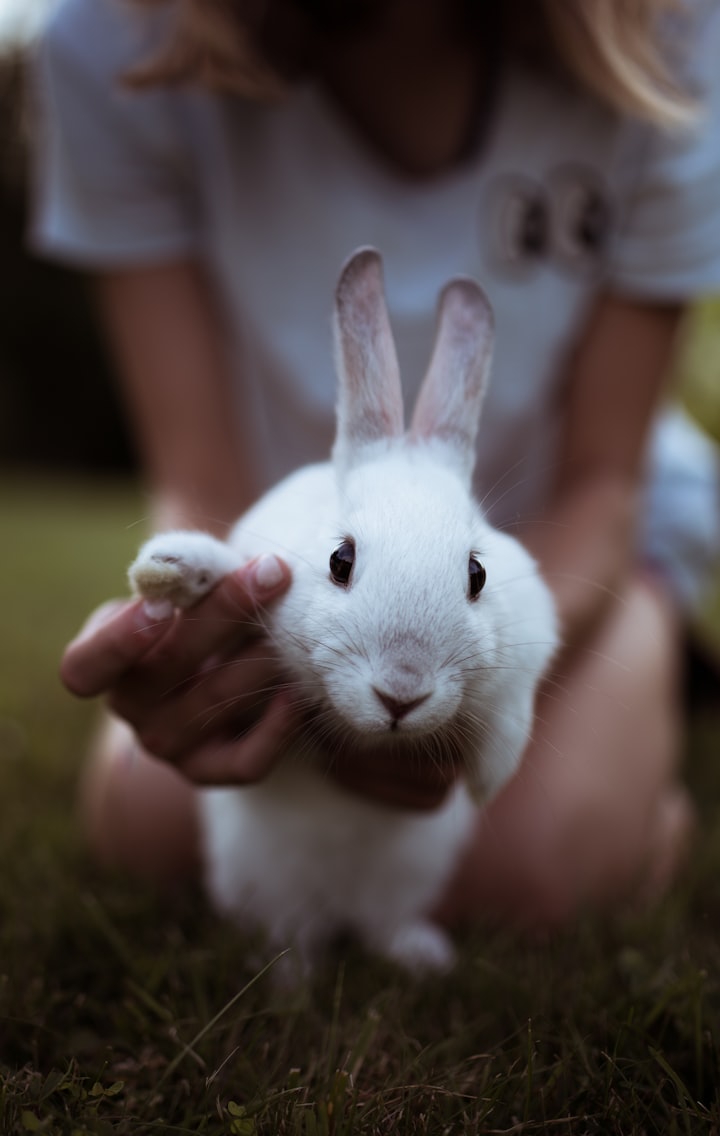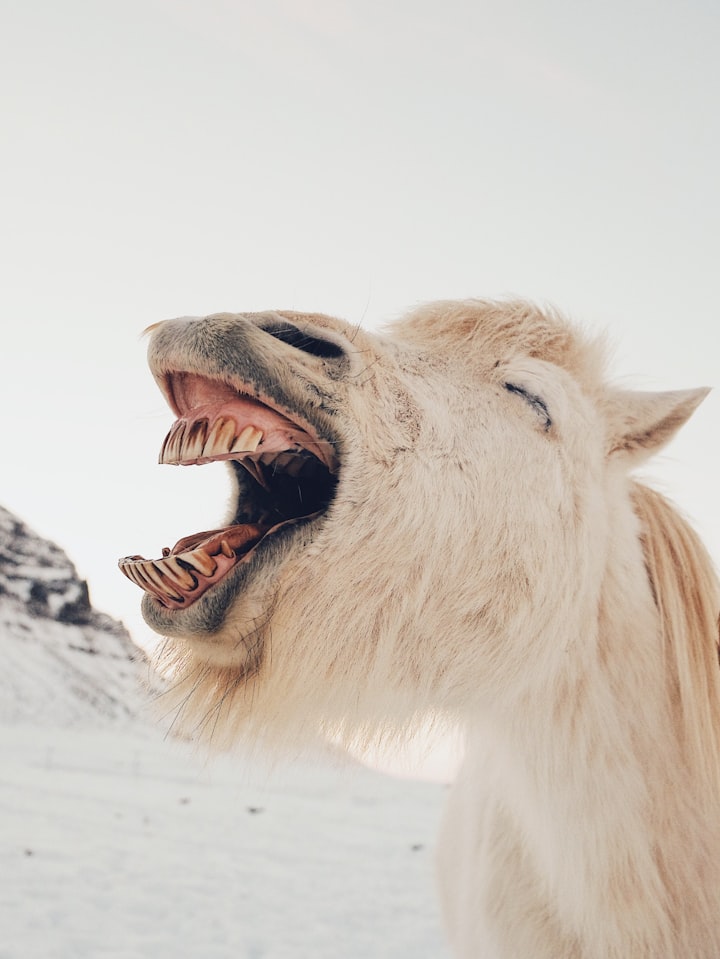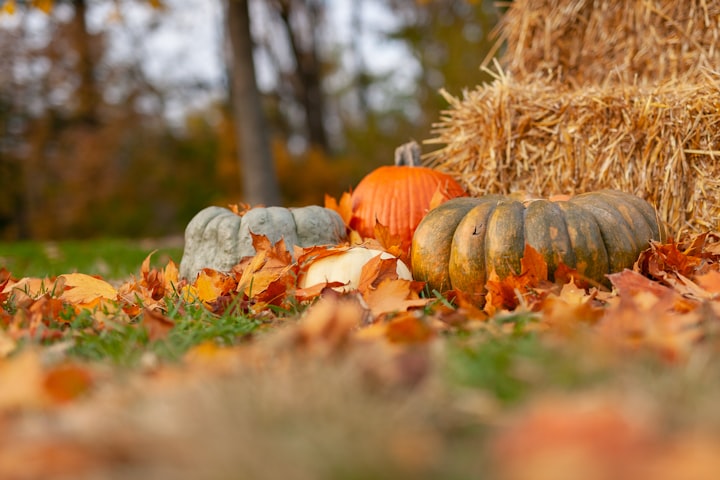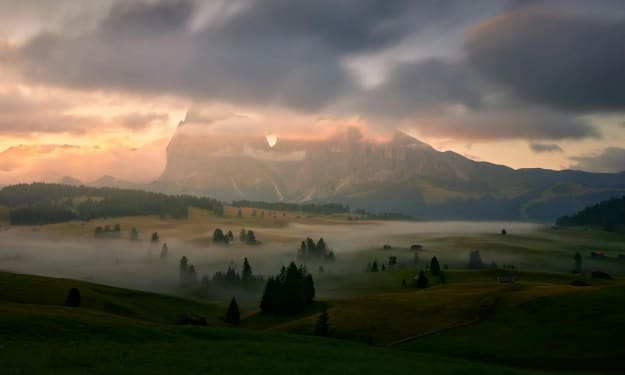Do animals laugh and play?
People use laughter to connect and bond with others. It's how we tell friends that we find their joke funny, or how kids in a park show that they are having fun playing. Laughter is so important to humans that people can recognize it, even if they belong to a different culture or speak a different language.

Snickering together is a significant way for individuals to associate and bond. Furthermore, however, the reasons for chuckling can shift generally across people and gatherings, the sound of a snicker is typically unmistakable between individuals having a place with various societies.

Yet, shouldn't something be said about creatures other than people? Do they "chuckle," and do the reasons for their giggling look like the triggers for human chuckling? In people, giggling can communicate a scope of feelings — from good sentiments like satisfaction to pessimistic ones like repugnance. Individuals likewise snicker when they hear a joke, or when they see something that they believe is interesting, however it's obscure in case creatures' knowledge incorporates what people would call a funny bone.
Notwithstanding, numerous creatures produce sounds during play that are extraordinary to that charming social association; analysts believe such vocalizations to be a nearby simple of human chuckling. As of late, researchers explored play vocalization to perceive how normal it was among creatures. The group distinguished 65 species that "giggled" while playing; most were warm blooded animals, however a couple of bird animal categories showed energetic chuckling as well. This new examination could assist researchers with following the developmental starting points of human chuckling, as indicated by another investigation.

Since certain sorts of play conduct look like battling, creatures might express, or snicker, during play to hold connections back from heightening and becoming forceful or destructive, the analysts detailed April 19 in the diary Bioacoustics. In contrast to battling, play is typically monotonous and happens freely of other social practices, like mating or looking for food, said lead study creator Sasha Winkler, a doctoral up-and-comer of natural humanities at the University of California, Los Angeles (UCLA).
With regards to distinguishing play, "individuals who study primates say, 'You know it when you see it,'" Winkler revealed to Live Science. One sign is that primates — our nearest family members — have a "play face" that looks like the appearances of people who are playing, she clarified.

At the point when Winkler recently worked with rhesus macaques (Macaca mulatta), she had seen that the monkeys gasped unobtrusively while playing. Numerous different primates are additionally known to express during play, she said. Winkler and study co-writer Greg Bryant, a teacher and bad habit seat in UCLA's Department of Communication, contemplated whether creature chuckling may be much more boundless. They checked on many earlier examination "searching for any notices in any creature of vocal motioning during play" like the gasping of the macaques, Winkler said.
Their examination turned up many models, with reports of vocal play signals "all through the vertebrate writing, particularly among primates, rodents, social carnivores and (less significantly) marine well evolved creatures," the researchers wrote in the investigation.
Make Them Laugh

Large numbers of these sounds just happened during play, for example, the murmur of a vervet monkey (Chlorocebus aethiops), the ultrasonic quaver of a rodent (Rattus norvegicus), the whistle and cackle of a bottlenose dolphin (Tursiops truncatus) and the peeping of a squirrel monkey (Saimiri sciureus). Most primate species, including chimpanzees, gorillas, monkeys and mandrills, shown energetic giggling: from gasping laughs, lip-smacking and snorts to clucks, quavers and screeches, as per the examination.
However the greater part of the snickering creatures were vertebrates, two bird species — the Australian jaybird (Gymnorhina tibicen) and the kea parrot (Nestor notabilis) — likewise expressed during play, the analysts announced. In a 2017 investigation of kea parrots, which live in New Zealand, researchers found that in the event that they recorded keas' chattering chuckling and played it through a speaker, different keas "would precipitously begin playing," Winkler said. That review exhibited how kea chuckling goes about as a solicitation to different keas, "explicitly to work with and to start play," Winkler said.

Reports of fun loving chuckling were outstandingly missing in investigations portraying fish, creatures of land and water and reptiles, maybe in light of the fact that there is some inquiry regarding whether play exists at all in those creature gatherings, as indicated by the examination.
Chuckling in people is thought to have started during play, a speculation upheld by the play-related gasping giggling of numerous primate species. Human giggling may have developed from a comparable gasping sound that, "throughout transformative time became ritualized into the expressed 'ha ha' that we use today," Winkler said. Individuals actually giggle during play, however we likewise consolidate chuckling into language and non-play practices, utilizing giggling in assorted approaches to pass on a scope of feelings that might be good or negative, the scientists detailed.

Human giggling eminently varies from other creatures' chuckling in another significant manner: its volume. Individuals broadcast their chuckling noisily, frequently as a method of building up consideration in a gathering. By examination, when most creatures giggle, the sound is exceptionally calm — sufficiently noisy to be heard by the laugher's accomplice, as indicated by the investigation.
"It's truly entrancing that such countless creatures have a comparative capacity of vocalization during play," Winkler revealed to Live Science. "In any case, we do have these special pieces of human chuckling that are additionally a significant region for future examination."






Comments
There are no comments for this story
Be the first to respond and start the conversation.